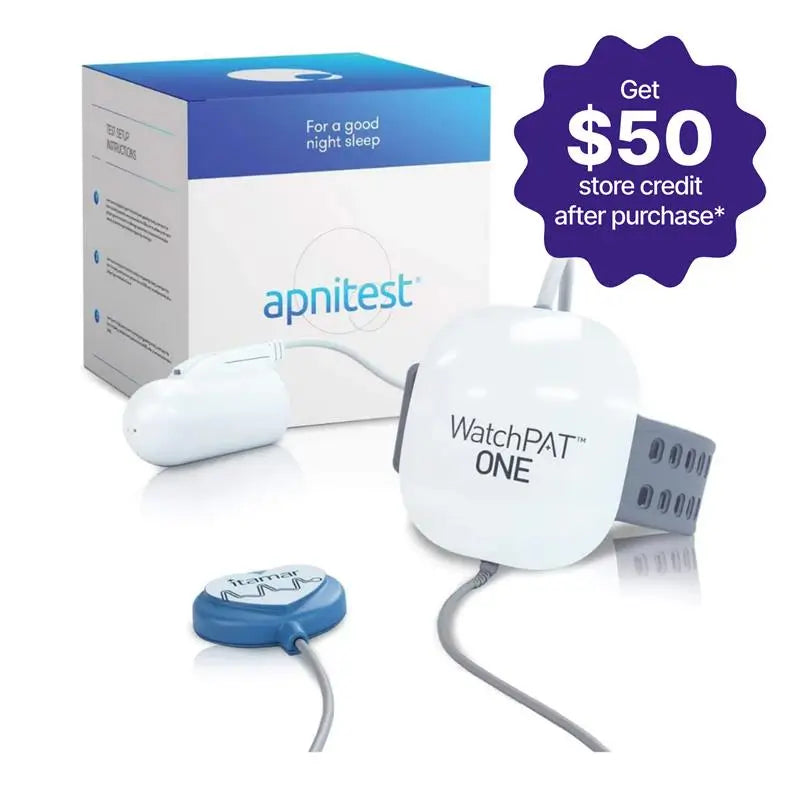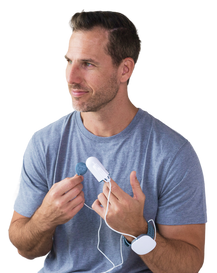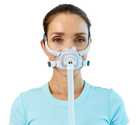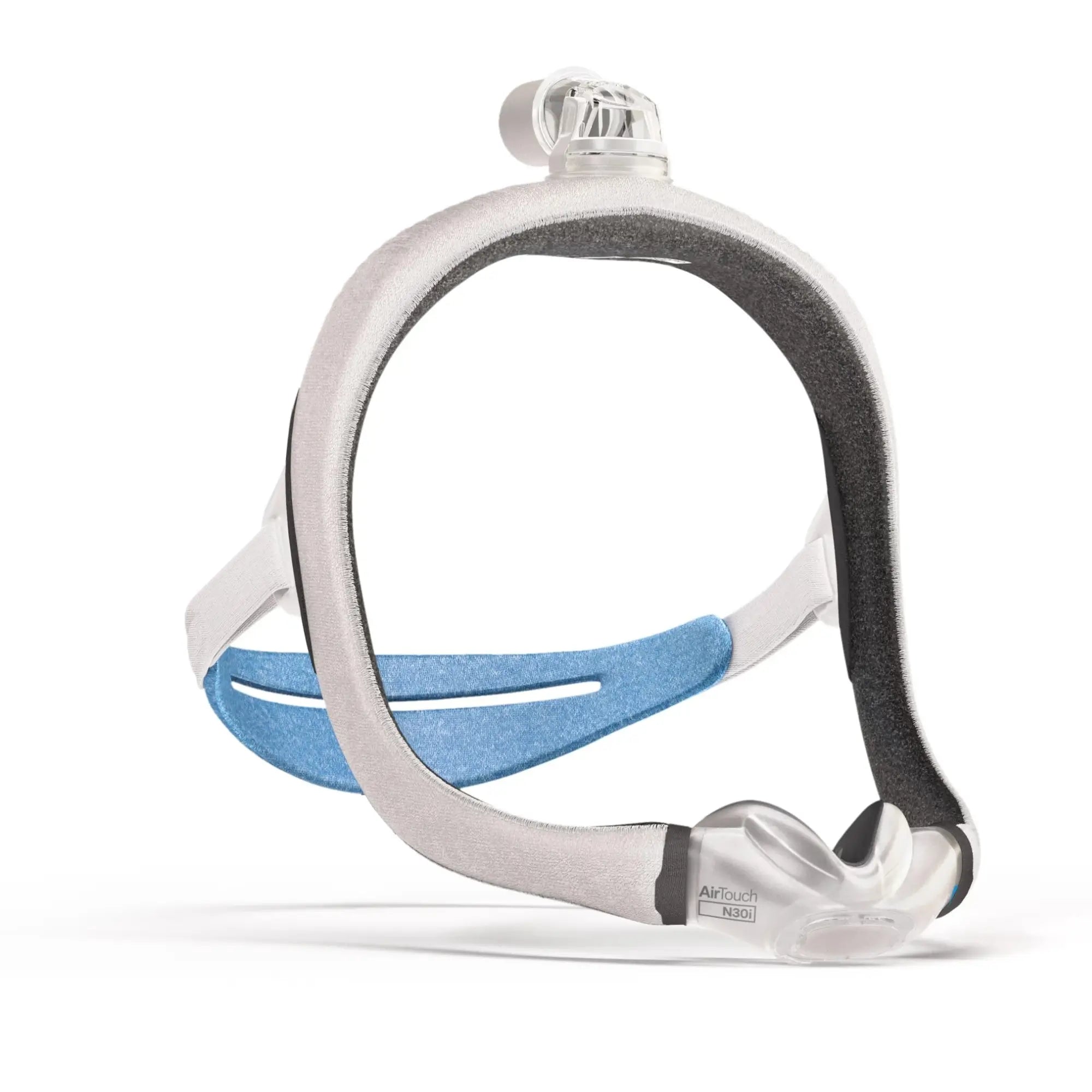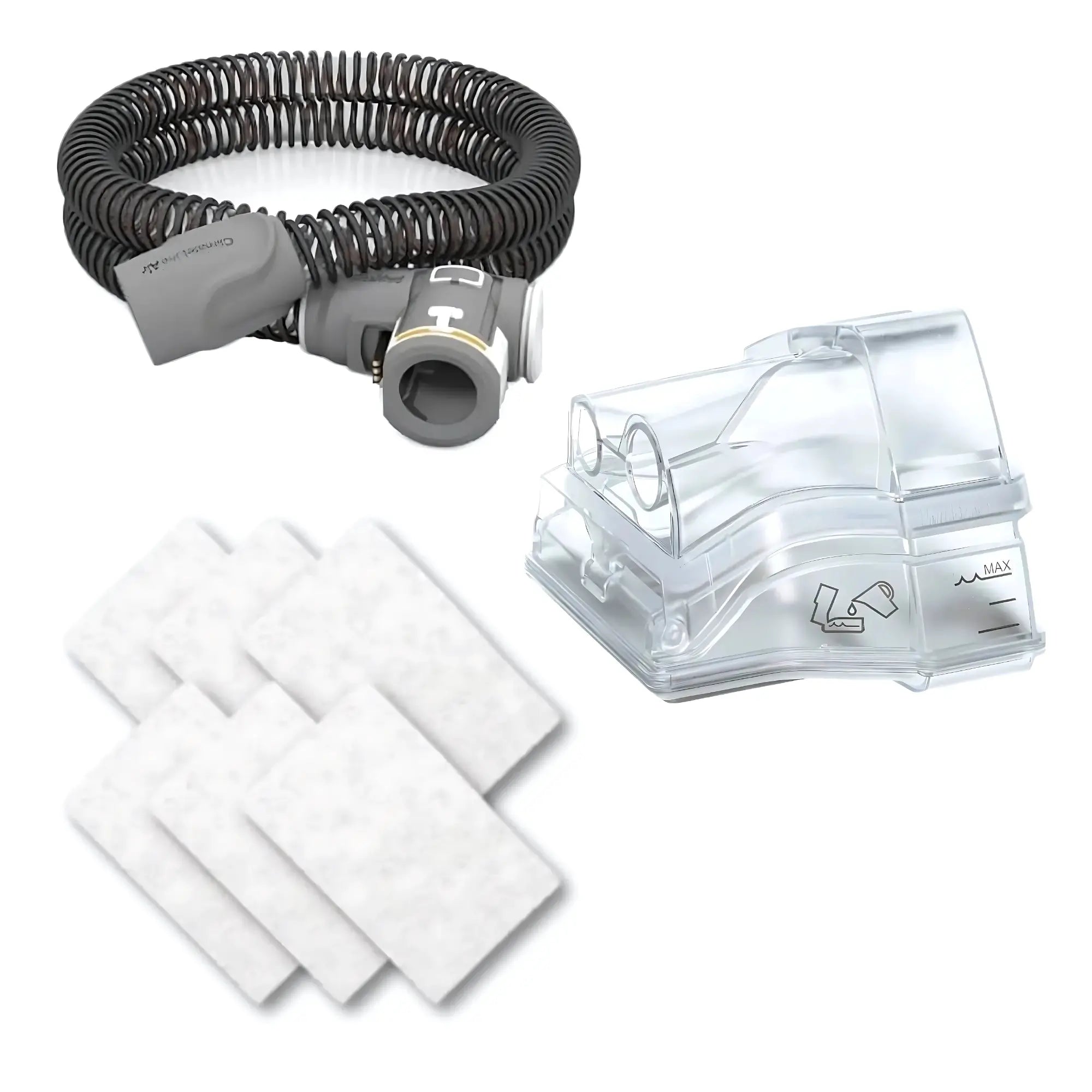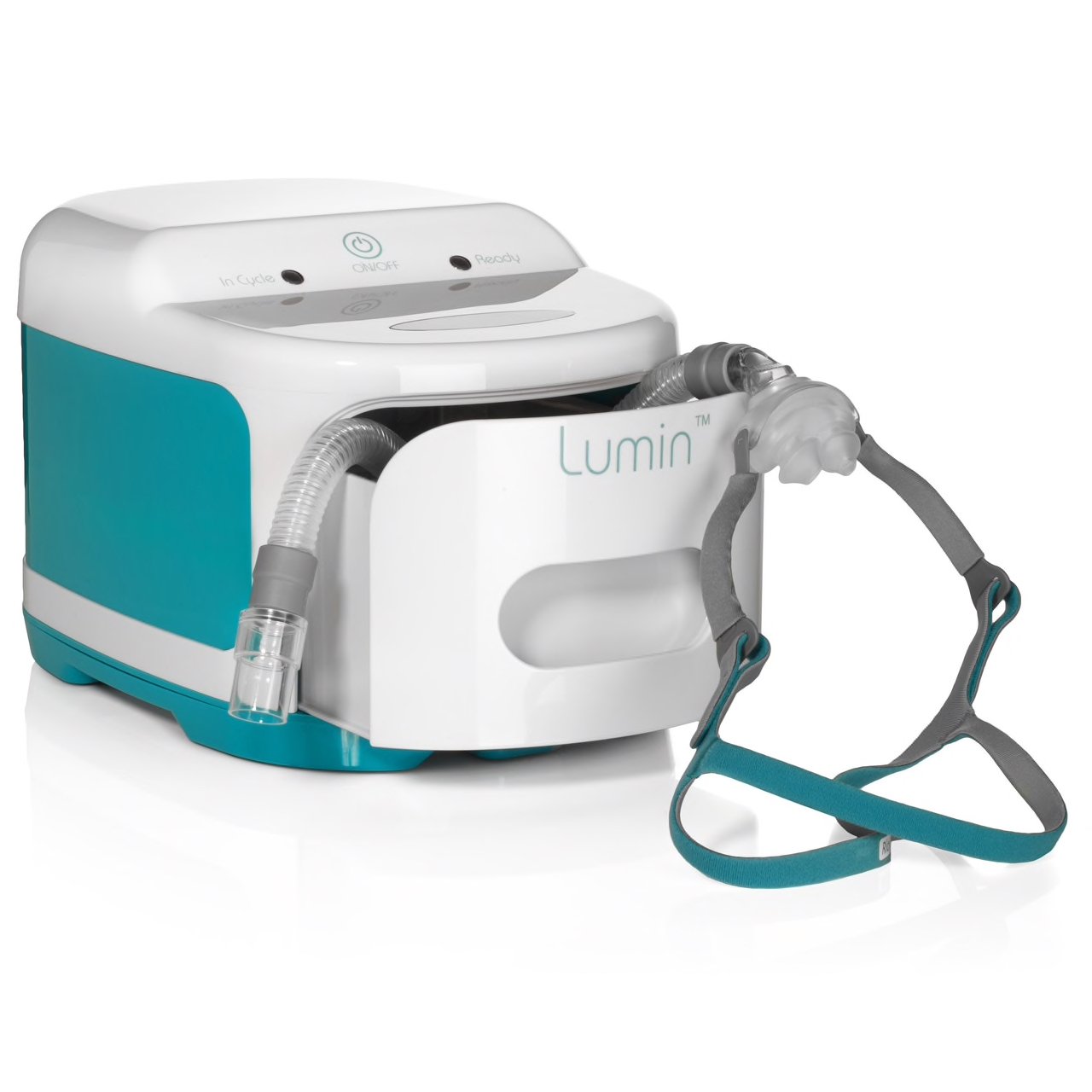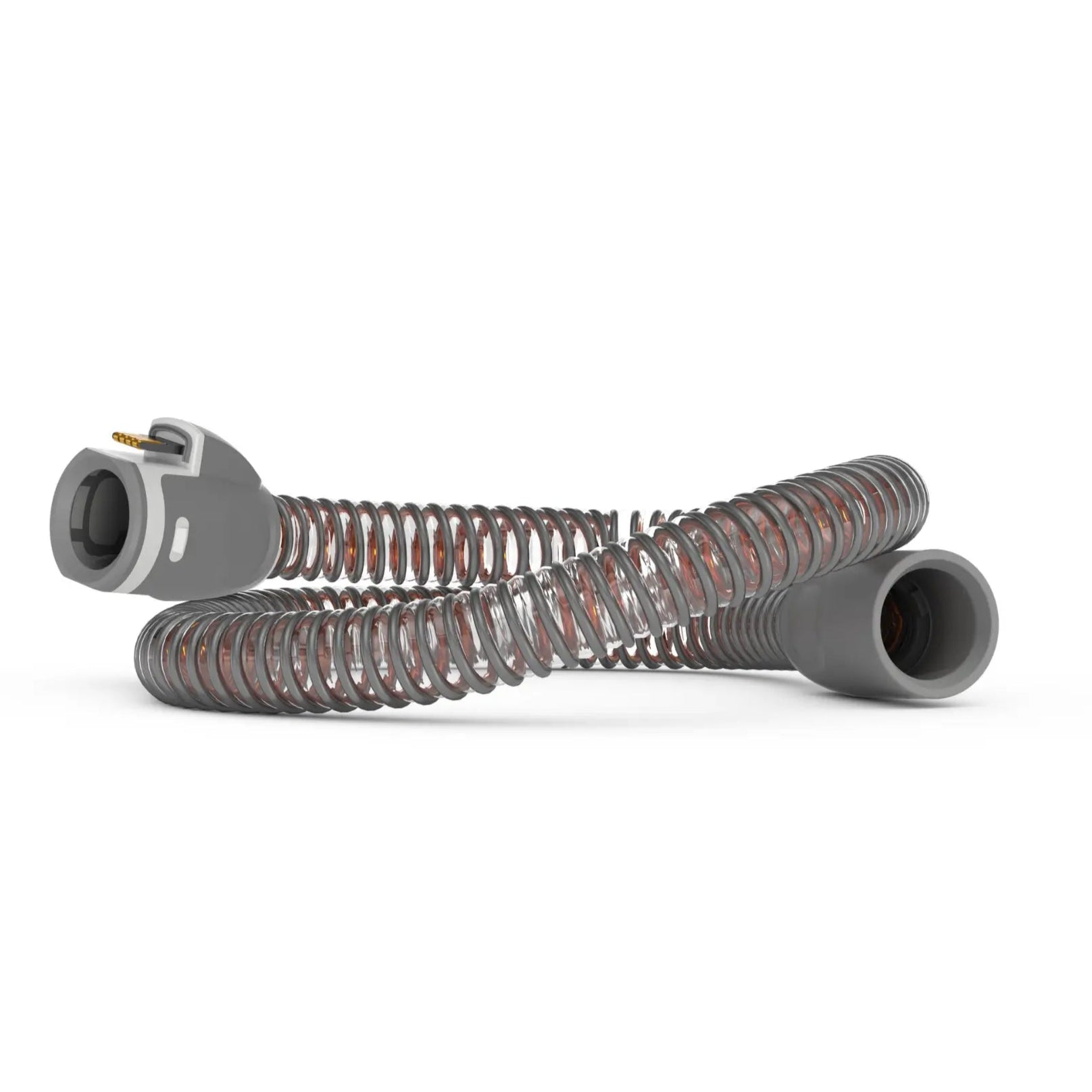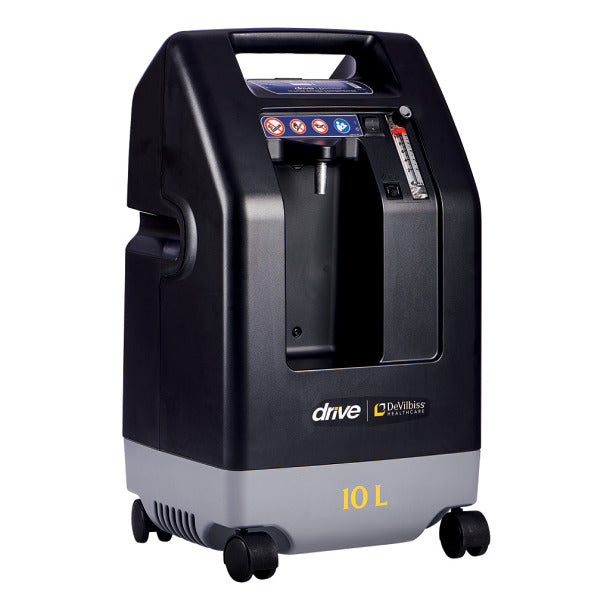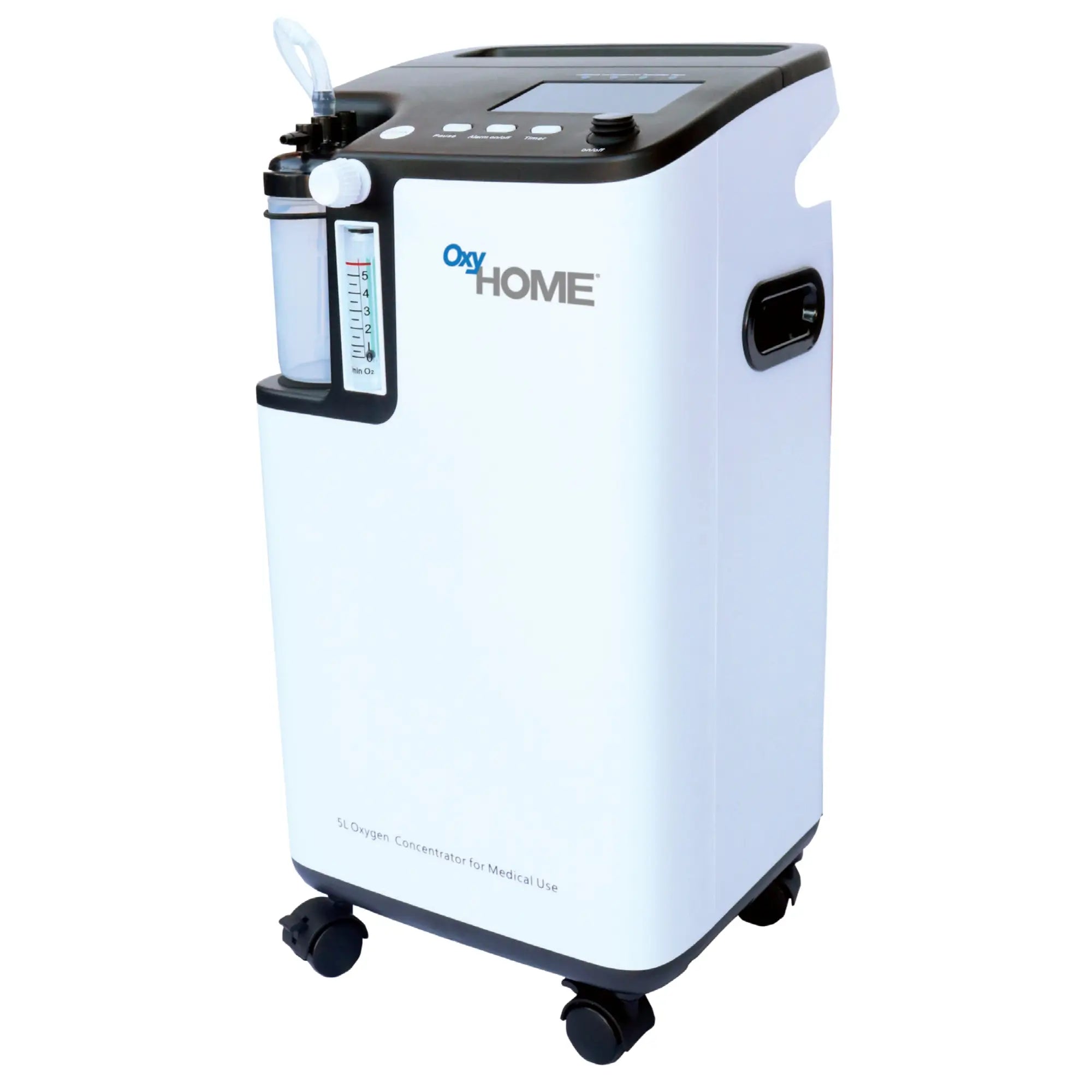An oxygen concentrator is a piece of medical equipment that comes in handy for patients experiencing low oxygen levels in their blood flow. Unlike many other medical devices that can only be used in a hospital, you can purchase an oxygen concentrator for a family member and set it up in your home. Before you bring one home, though, you might want to read up on exactly what an oxygen concentrator is and how it works.
What is an Oxygen Concentrator?
An oxygen concentrator is used to raise the oxygen level in the blood of people whose levels have taken a sudden downward turn or have been on the low side for some time. The device can either be run with the help of a battery or by plugging it into an outlet. If the oxygen concentrator runs on a battery, the battery itself has to be charged through an electrical channel. Therefore, you will find concentrators in the market accompanied by adapters. This way, even if you are driving, you can make use of the oxygen concentrator.
Oxygen concentrator works the way an air purifier does, somewhat. It collects the air, refines the content, and then distributes this newly purified air into the person’s body. The chemical percentage in unpurified air is 20 percent of oxygen and 80 percent oxygen. After receiving this air, the oxygen concentrator flips this percentage level. The air would now be 95 percent pure oxygen and 5 percent of nitrogen. In some cases, the air would be 90 percent oxygen and 10 percent nitrogen. Regardless, the overwhelming amount of chemical percentage of the air would be oxygen once the concentrator purifies it.
The goal of an oxygen concentrator is simple. First, the patient has to receive as much oxygen as possible. Suppose a medical device isn’t connected to a patient to supply this amount of oxygen. In that case, it is usually impossible to get that much pure air for someone whose oxygen levels are low.
To give a precise and better idea, this is how it works:
- Accumulates air from the room into the concentrator.
- The oxygen is compressed.
- Removes the majority of the nitrogen content in the air.
- Changes the air delivery method, so more oxygen is available.
- The purified, oxygen-refined air is delivered directly to the patient.
How Does an Oxygen Concentrator Work?
The main part of an oxygen concentrator has to be the compressor and the sieve bed filter. The air enters into the concentrator and is compressed by the compressor. This compressed air is then transferred to the sieve bed filter through the surge tank.
The sieve bed filter is the most crucial component in the equation. This filter takes out the nitrogen from the air and leaves mostly oxygen behind. In a concentrator, there are a total of two sieve beds.
The first sieve bed is greeted with compressed air. From it, the oxygen-concentrated air is transferred to the product tank. As a result, only the nitrogen remains in the first sieve bed. Then, the concentrator switches the gas flow inside it, so the compressed air now moves to the second sieve bed. Now, the air that was in the product tank enters the first sieve bed again.
The air that moves to the product tank has a high oxygen concentration, and it is the air that the patient receives through a nasal cannula. As the cannula is directly connected to the patient, the oxygen absorbed by the patient happens smoothly.
Oxygen concentrators also come with a cooling system. Since the concentrators are using a large amount of power, the cooling system ensures it does not eventually overheat.
Is it Okay to Use a Portable Oxygen Concentrator Even at Night?
There appear to be two modes in portable oxygen concentrators. One is the continuous flow mode, and the other is the pulse dose mode. During the day, people tend to use pulse mode. For every inhale, oxygen is delivered to your veins through the cannula. The pulse mode concentrators are known to have better battery life and are usually smaller in size.
For continuous flow, the oxygen delivery is consistent, regardless of your inhale and exhales. So if you are someone who needs to have a constant oxygen supply while sleeping, this is your go-to option. On the other hand, most people tend to use a Stationary oxygen concentrator at home while they’re sleeping, especially if they need a huge amount of oxygen in their system.
It can be concluded that it’s fine to use portable oxygen at night, depending on the kind of oxygen level the patient needs. You should consult your doctor on this matter.
What are the Benefits of Oxygen Concentrator?
Oxygen concentrators are for patients who need oxygen therapy. Both stationary and portable ones offer numerous advantages to their other medical counterparts. Moreover, if we compare them to the traditional oxygen cylinder, it can be noted that concentrators are considered comparatively less dangerous.
Oxygen cylinders in case of a rupture in the tube can lead to fire or can act as fuel for the fire. A person owning an oxygen concentrator does not have to live with this fear. The preference for oxygen concentrators has increased for this reason.
The biggest reason, though, is the portability factor. Especially for portable concentrators, a patient can even get on airplanes with them. As long as the concentrator is FAA approved, you can take it on an airplane. If a patient needs an oxygen concentrator, the Federal Aviation Administration has decided they should be allowed to bring it.
How Many Watts Does an Oxygen Concentrator Use?
The exact wattage used by an oxygen concentrator is largely dependent on the settings it is turned on and the overall size. If the oxygen concentrator has more space to collect air and purify it, it will consume more power. Likewise, if the dosage settings are higher, it is natural that more power has to be supplied to the concentrator.
Whether you are using a stationary model or a portable one also has an impact. This is because portable models tend to be smaller than stationary ones. Stationary concentrators use AC power. You can also move this kind of oxygen concentrators from one room to another with the help of the wheels attached to it at the bottom in most models.
Stationary oxygen concentrators are especially useful for people who need a constant flow of oxygen concentration of over 3 LPM. This kind of oxygen level can’t be generated on DC power or battery. The juice required isn’t something the battery of a car or a lithium battery model would be able to bear.
No need to worry about your electricity bill though. The overall consumption wouldn’t be as bad as you’re imagining. Additionally, as this is mainly a medical cost, some concessions can be made on the bill. For example, your electric company might be able to offer you a payment plan which would lower your monthly bill.
Your income level can also have an impact on your bill. For example, due to an oxygen concentrator being a medical expense, it can be written off as tax in some cases.
To give you an idea of the wattage consumption, a good example would be EverFlo Oxygen Concentrator. At 5 LPM settings, the power consumption is about 350 Watts on average.
Where to Buy Oxygen Concentrators?
After consulting with your doctor, you might have realized you or someone you know could need an oxygen concentrator in the future or requires one now. However, if you are confused about where to buy one from, online shops like Sleeplay, with their vast collection of oxygen therapy products, might be useful to you.
They have both portable and stationary concentrators. If the patient doesn’t require more than 3 LPM of oxygen, it is best to opt for the portable ones. Portable concentrators can run on battery or AC power. You can take these kinds of devices anywhere you wish. You can use it for travel, for a movie, or simply for driving around. Inogen One G5 Portable Oxygen Concentrator is a good example of one.
If the patient needs a high-level oxygen concentrator, at least one that goes over LPM, stationary ones are a natural choice. Since most of the model comes with wheels, the patient can go from one room to another while connected to it.
Talk with your doctor thoroughly about what kind of concentrator might be best for the patient and decide on the one that best fits the needs. Then, with proper oxygen therapy, a patient can get back their regular oxygen level over time.
A drop in oxygen pressure isn’t always a permanent condition. As long as the patient goes through proper treatment, the oxygen concentrator can become a mini part of their life and not a necessity.


